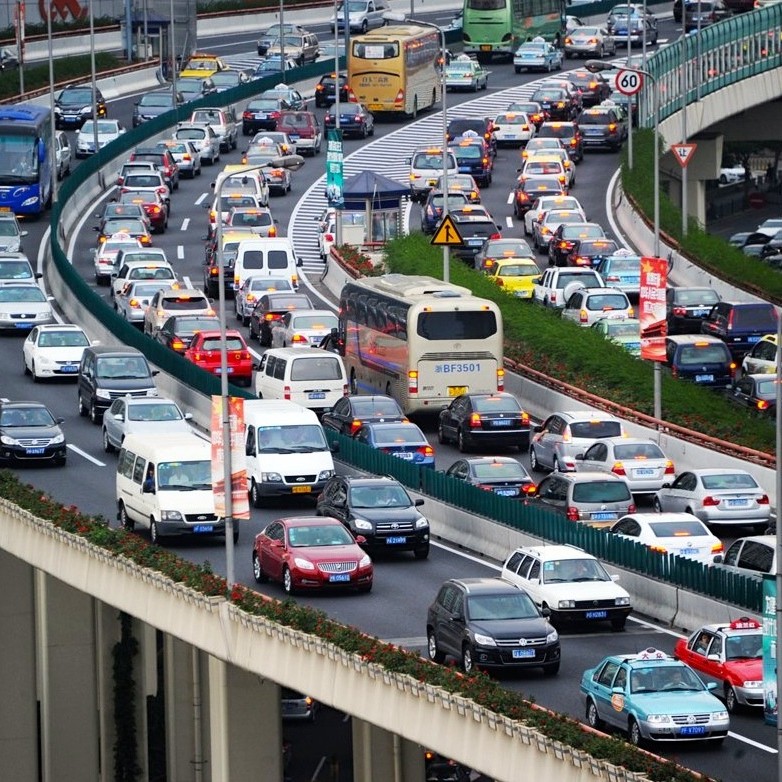Published:

Shenzhen, China, became the first city in the world to adopt electric buses when it fully electrified its public transportation system, setting a pattern for the rest of the . With China emerging as the global leader in electric buses and trucks, accounting for over 90% of the total in 2021, this innovative step the start of an electric Revolution.
Even while electrification has been recognized as a critical tactic for reaching net-zero carbon emissions by 2050, several obstacles are in the way of a sustainable . The issues and possibilities brought about by this changing environment are anticipated to be at the Dubai United Nations COP28 climate summit.
But Shenzhen’s success story in China isn’t the product of a sudden change; instead, it’s the consequence of years of intensive planning, substantial infrastructure construction, and . Beyond buses, the city demonstrated its dedication to sustainability by adopting electric vehicles for its taxi .
According to the International Energy Agency, decarbonizing buses accounts for about 5% of the total emissions reductions in the transportation sector, making electrification a crucial tactic for meeting global carbon emission . Shenzhen’s audacious approach has reduced pollution while giving drivers and passengers a everyday commute experience. The primary public transport operator in the city, Shenzhen Bus Group, is leading this . A World Bank case study discovered that during an electric bus’s service life, its emissions were 52% less than those of a diesel bus, after accounting for the fact that the local grid produces around half of its power from coal. Changing to electric has led to a significant yearly decrease in carbon dioxide emissions of 194,000 .
In addition to its positive effects on the environment, the city’s heavy traffic has been noticeably quieter since the to electric vehicles. Passengers recall how uncomfortable the diesel buses’ exhaust fumes used to be and are now, the silent, eco-friendly electric buses have eliminated this . China is committed to electric mobility for reasons other than environmental ones; the government prioritized the transition to electric public transportation due mainly to pollution in Chinese . Shenzhen’s success has been primarily attributed to the top-down command, robust government financial backing, and cooperation with BYD.
Still, there are obstacles for other cities hoping to follow China’s example. Obstacles that must be include limited funds, complicated planning, ignorance, and the challenge of modifying infrastructure in older communities. Major cities like Beijing and Shanghai have made significant progress despite these obstacles; over 90% of their bus networks are now . China is still the world’s greatest emitter and relies heavily on coal for energy, so its electric revolution is not without its challenges. Coal plays a significant role in the energy mix, even if the rise of electric cars, especially in China, has led to projections about peak oil consumption around 2030.
Moving to electric has become more than simply a bus . China’s electric revolution is a source of inspiration for a more environmentally friendly future as electric bus systems spread to neighboring cities in Guangdong province and .
File under